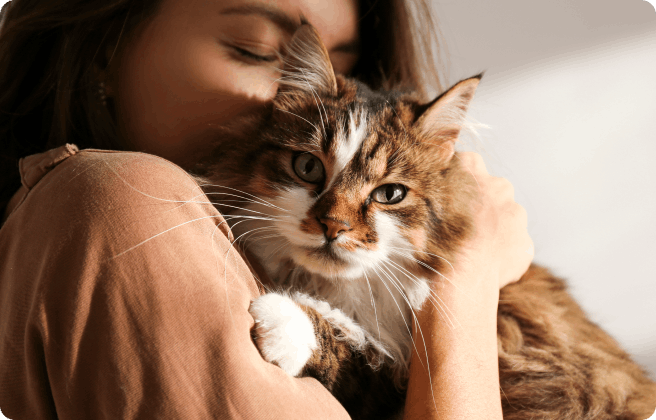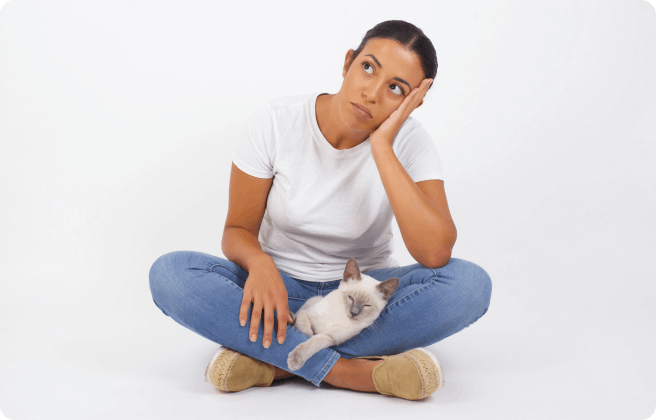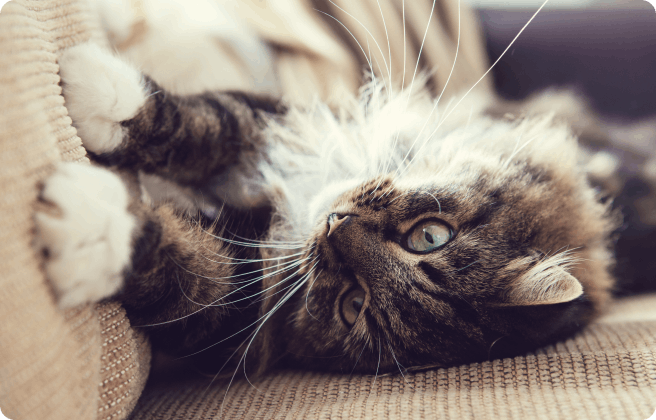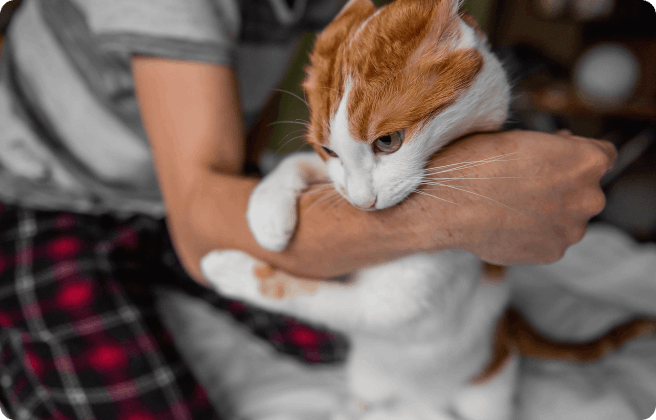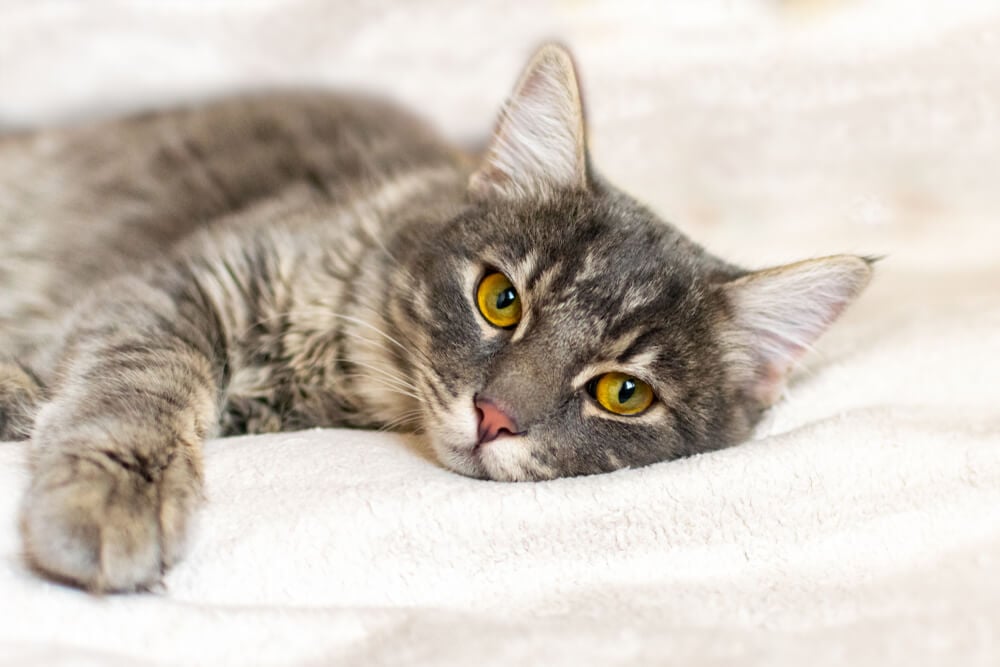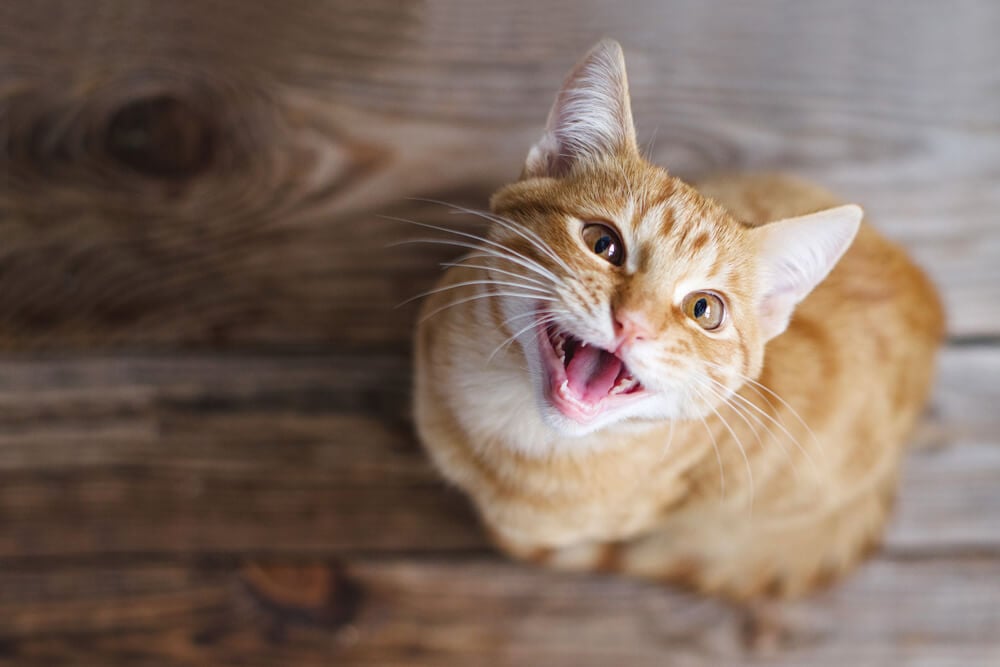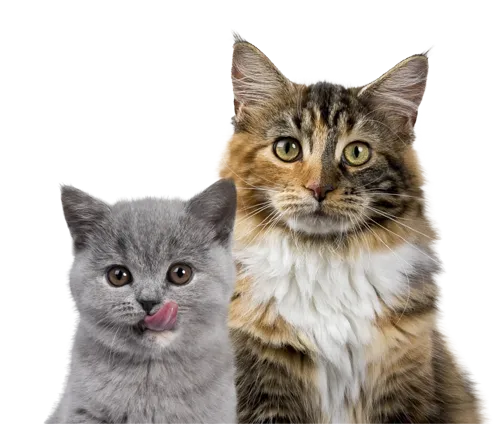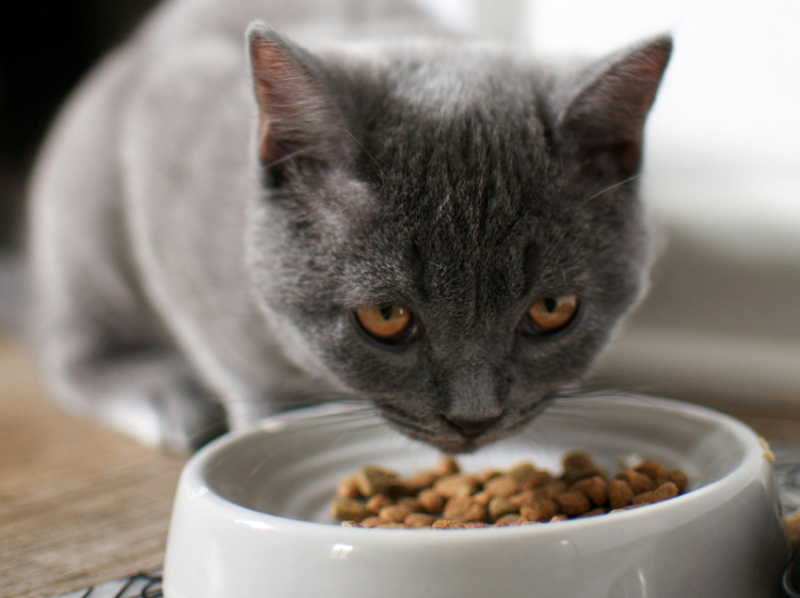
If your cat suffers from any food-based allergies, chances are you’ll know all about limited-ingredient diets. Alternatively, you may have just seen a food recommended for cats on a limited diet and wondered what that meant.
As a cat parent, it’s useful to know what a limited-ingredient cat food means, how different foods can help your cat if they have allergies or any health issues, and how a limited-ingredient diet differs from a grain-free diet.
What is a ‘limited-ingredient’ diet?
A limited-ingredient cat food is one that’s made with fewer ingredients than other cat foods. Although that might sound a little vague, it often means that the protein included is limited to a single source, and there’s usually just one type of carbohydrate.
But be advised that there’s no regulation behind a pet food manufacturer labeling their food ‘limited ingredient’, whether by the FDA or any other governing or advisory bodies. Manufacturers can choose to add ‘limited ingredient’ to a label no matter how many ingredients are included. Always check the list of ingredients to find out exactly what’s included in your cat’s food.
What are some examples of limited-ingredient cat foods?
If you want to feed your cat a limited-ingredient diet, you should look for the following in the ingredients list:
A single source of protein and a single source of carbohydrate, for example beef and brown rice.
The protein must be from an animal source, as cats are obligate carnivores that require meat to survive.
As a result, many limited-ingredient diets provide a ‘novel’ source of protein that your cat may not have been exposed to before and therefore is less likely to have any sensitivities towards. Some examples of novel proteins include venison, duck or rabbit.
Carbohydrate sources from potatoes or rice are usually found in a limited-ingredient diet, although grain-based carbs are sometimes used, so ‘limited-ingredient’ should not be confused with a ‘grain-free’ recipe (more information below).
How do I know if my cat needs a limited-ingredient diet?
Usually, cat parents know if their cat requires a limited-ingredient diet following an allergic reaction to a certain food. This usually becomes apparent after testing and diagnosis by a vet. Symptoms your cat may exhibit due to an allergy include itchy skin, ear infections, diarrhea and vomiting.
Working out what caused the allergy is often far from straightforward. The most common way is by conducting a diet trial over a set period of time that selectively removes ingredients from your cat’s diet to see which help clear up or trigger symptoms.
This is usually undertaken via a prescription hydrolyzed diet from your vet, which provides a more controlled way to monitor what your cat is eating rather than by simply removing certain ingredients from meals.
‘Hydrolyzed’ means the protein molecules are broken down into tiny pieces so the cat’s body can digest them without recognizing them as an allergen, which helps vets determine which protein is causing the allergic reaction.
What are the benefits of a limited-ingredient diet?
The main benefit is helping to reduce the negative effects of an allergen on your cat. By controlling the ingredients that your cat’s exposed to in their diet, you’ll help alleviate their symptoms and improve their general well-being and happiness.
It also might help cats with digestive issues, as the exclusion of specific ingredients within the recipe could potentially lead to fewer stomach upsets, although there’s currently no medical evidence supporting this.
Is ‘grain-free’ the same as ‘limited-ingredient’?
Grain-free is not the same as limited-ingredient, although there’s some blurring between the terminology and definitions.
Grain-free means the food contains sources of carbohydrates that are not derived from grains, such as pea or potato.
Limited-ingredient, meanwhile, may include grain as its carbohydrate, as well as usually a single source of protein, as described above.
This means that if your cat has an allergy to grain or it causes issues for them, a limited-ingredient diet may not help them as the recipe might include grain.
The key thing to remember is that if your cat has any allergies or food sensitivities, always carefully check the ingredient list.
As with every cat food you choose, always look for a diet that’s complete and balanced so that your cat will receive all the nutrients they require whatever life stage they’re at.
There’s the risk some limited-ingredient diets might lack essential ingredients your cat requires for their health and well-being, so always check with your vet if you’re considering moving your cat onto a limited-ingredient diet.
We uphold the highest editorial standards when creating the authoritative content pet parents rely on and trust.
Every piece of clinical content on the Cat Food Advisor is reviewed by our certified Veterinary Advisory Board, which consists of licensed veterinarians and medically certified specialists.
Our reviews are completely independent; we are not paid by any pet food company to promote their products favorably. We do not accept money, gifts, samples or other incentives in exchange for special consideration. For more information see our Disclaimer & Disclosure page.




